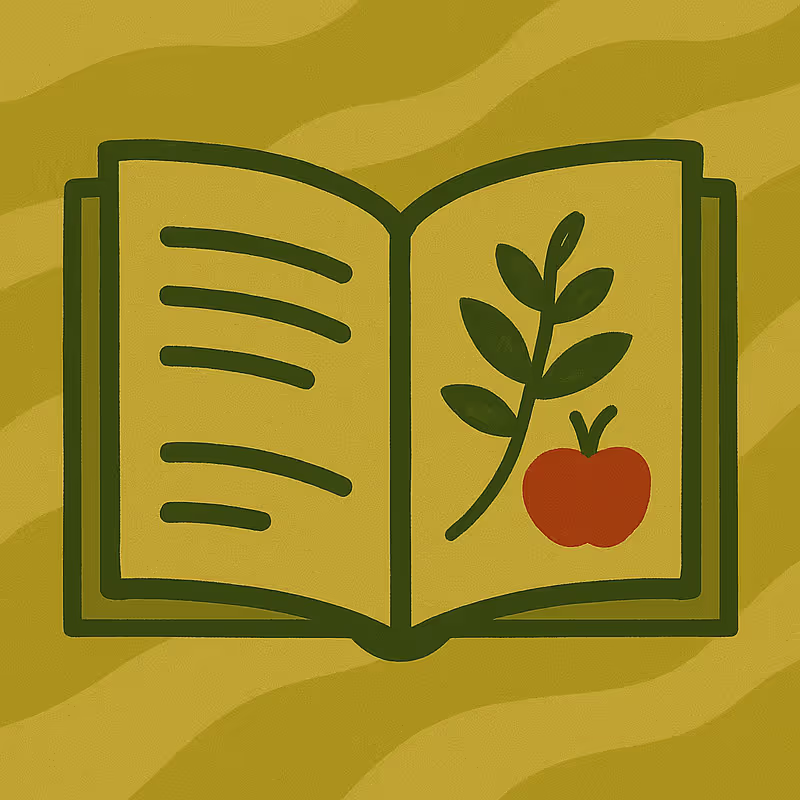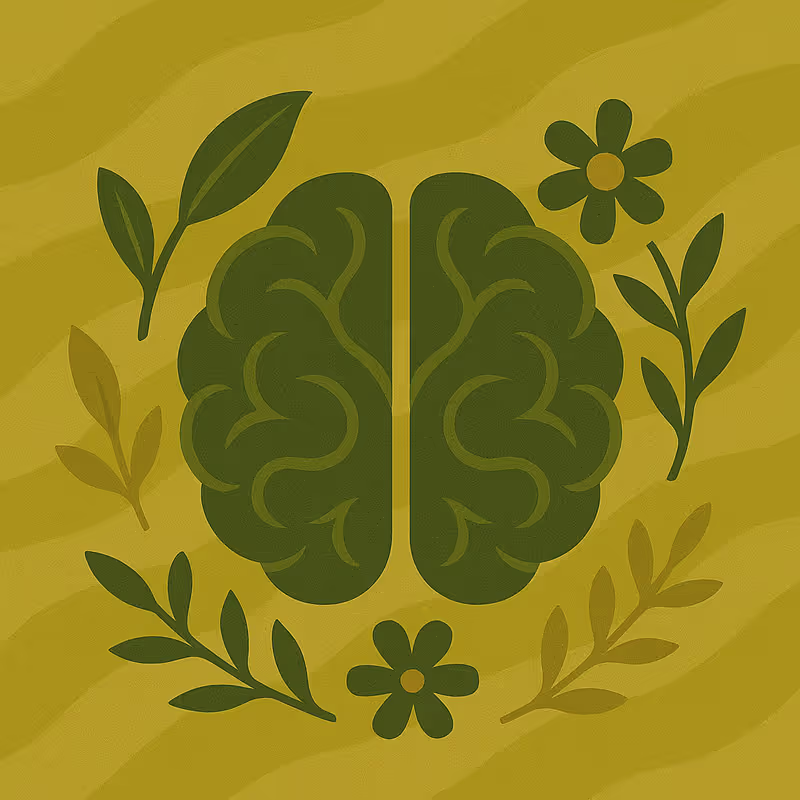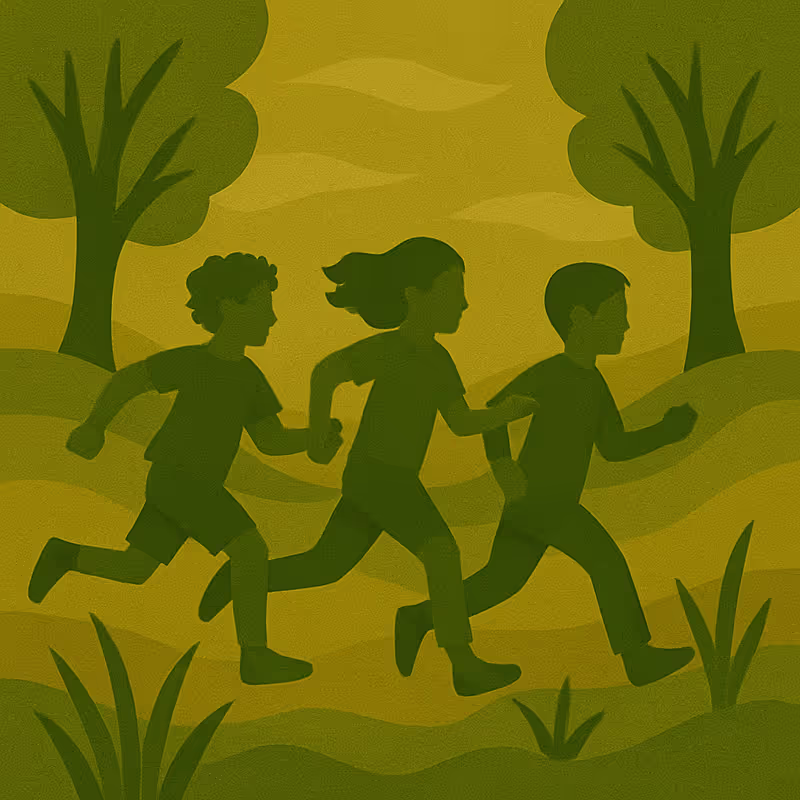Learning objectives:
- Reflect on your personal relationship with clothing and consumption
- Explore opportunities for community education, events, and cultural change
- Engage in actions to support systemic transformation in fashion, from local initiatives to global movements
The scenarios in the previous section may seem utopian in contrast to today’s fashion system, designed for overproduction and overconsumption, and profit maximisation. Indeed, achieving transformation requires shifts at the industry and even macroeconomic levels, such as moving beyond the growth imperative in our economies (Arthur, 2024, p. 13; 19).
However, this does not render educators or individuals powerless.
Strengthening your role as a changemaker starts with noticing what feels desirable but impossible, and then asking yourself and your students: ‘What if it isn’t? How can we bring about change?’. Initiatives, when rooted in community, justice and systems thinking, can have a real impact.
As an educator, you don’t just share knowledge but also help students see possibilities. By showcasing diverse careers and advice from people who work on transforming fashion, you can encourage students to imagine how they could get involved to create a new, sustainable fashion system, no matter what skills or passions they have.
Activity: Careers and advice for transforming fashion (8-10’)
Prompt: Watch this 4-minute video featuring different experts from the PLANET4B project who work on transforming the fashion system: a Greenpeace pollution campaign lead, a fashion journalist, a sustainability manager in a dyeing factory, a sustainable fibre entrepreneur, and a researcher working on fashion waste policy. Each explains their role and shares advice for young people who want to get involved.
While watching, take notes on:
- One role that inspires you or sparks your curiosity.
- One piece of advice you find especially meaningful for young people.
Reflect:
- Why did these stand out to you?
- How can you connect these examples to your learners’ own aspirations and sense of agency?
Here are some ideas of what you could do to get involved for a more sustainable fashion system, for biodiversity and people. Which ones can you integrate into your life and work?
Personal reflection and growth
Start with your own relationship to fashion. Consider:
- What does clothing mean to you?
- How do you take care of your clothes?
- How often do you purchase new clothing? From where?
- How are your fashion choices influenced by your budget, available time, convenience, values, life experiences and social norms?
The current system heavily favours fast fashion retailers whose artificially low prices are often the only option accessible for many, particularly those on limited incomes. Recognising this context is important. Moving toward sustainability should never involve judgment, but rather curiosity and care, for yourself and others.
Here are ways to make more sustainable clothing choices:
- Reduce your fashion consumption. If you feel the urge to buy something, take a moment and reflect: why do you want to buy it, and do you really need it?
- Explore second-hand and vintage clothes shops: you might discover unique, high-quality pieces at affordable prices, which can help you develop a stronger sense of personal style.
- Prioritise quality: If you buy new, seek clothes made of recycled or organic materials. Focus on quality over quantity, while staying within your budget.
- Reclaim creativity: repair, embellish, repurpose, or even sew your own garments. Online tutorials, local classes, or community groups can help make this a collaborative and rewarding hobby.
- Prolong your clothes’ lifetime: take care of your items and try to wear them as many times as possible before passing them on to someone else or reusing them for other purposes (e.g.: a shopping bag made out of jeans, rag rugs, reusing old clothes for cleaning instead of buying new cloths).
- Reclaim your role: You are not just a consumer - you are also an educator, a citizen and a creator
Community engagement and cultural change
Educators can catalyse cultural change. Start by bringing others into conversation:
- Share what you’ve learned with students, colleagues, families, and local networks.
- Ask open questions: ‘How do you relate to clothes? What would an environmentally sustainable and fairer fashion system look like to you?’
Access the downloadable teaching notes and PowerPoint presentations at the bottom of this page, and use them in your context. For example:
- Host a discussion in class, a teacher training, or a parents’ meeting.
- If students in your school have to wear a uniform, you can organise a non-uniform day where you encourage students to wear clothing that they regard as sustainable. You can deliver the two lessons on Slowing down fashion on that day. Kick-off the lessons by inviting students to share what makes one item that they are wearing sustainable. Make sure to keep the conversation open, respectful and non-judgmental.
- Run a school clothes swap, second-hand sale, or repair workshop.
- Collaborate with local artists to run a creative reuse session.
These events don’t have to be large; they just have to start conversations that lead to reflection and connection. Remember: culture changes when people gather, imagine, and act together.
Collective action and institutional change
Individual and community action matters, but lasting transformation requires institutional and systemic change.
Here are a few ideas:
- Support and advocate for legislative proposals from the national to the international levels that aim to:
- Reduce the volumes of production and consumption
- Protect workers’ rights and improve working conditions
- Encourage transition to agroecology in fashion’s agriculture
- Ensure supply chain transparency, traceability and accountability
- Get involved with initiatives like Fashion Revolution or Clean Clothes Campaign to join a global movement that is demanding transparency, workers’ rights, and environmental responsibility in the fashion system.
- Encourage students or learners to explore how power, laws and policy, the fashion industry and the economic system interact in shaping production and consumption and what alternatives we can build together. Fashion Revolution has a variety of educational resources for students and educators per age group.
If students in your school wear uniforms, you can use this opportunity to look with them into the school’s procurement process around uniforms.
Are respecting environmental and social standards and paying workers living wages criteria for selecting a uniform provider? If these are not criteria in the procurement process, organise with the students to make the case for it with the school management.
With the students, look into sustainable uniform providers – what are their prices? Procuring a sustainable uniform should not become a burden for families on lower incomes. Could a fund be set up through fundraising or through a grant from the local council to cover the price difference if the sustainable options for uniforms are more expensive?
How could this initiative be extended to other schools in your area?


















